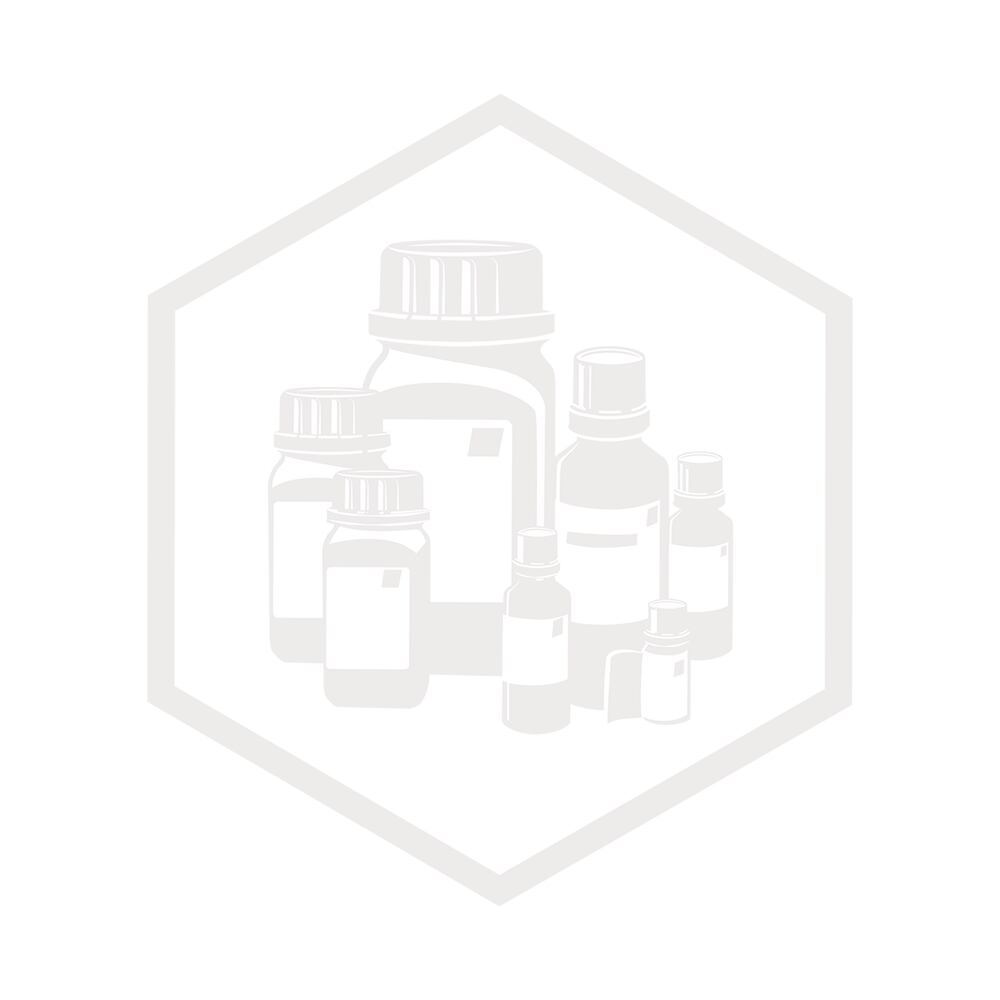Technical Data Sheet
Rennin
Storage temp. +4 °C
WGK 1
CAS No. 9001-98-3
EG-Nr. 232-645-0
€75.15/Pack Qty.
excl. VAT. | 50 g per Pack Qty.
Art. No. 8178.1
- Subtotal: 0.00
| Art. No. | Pack Qty. | Pack. | Price | Quantity | |
|---|---|---|---|---|---|
| 8178.1 | 50 g | plastic |
€75.15 |
|
|
|
In stock
Available
In procurement
No longer available
Delivery date currently unknown
|
|||||
- Subtotal: 0.00
Downloads / MSDS
General information
Enzyme: a neoclassical, Greek artificial word ενζυμου, énzymon, derived from εν-, en- (in-) and ζυμη, zýmé (yeast, sourdough, archaic)
Ferments: comes from the Latin fermentum (ferments, sourdough)
There are six classes in which all enzymes are classified according to the particular reaction they catalyse:
• Oxidoreductases (catalyse redox reactions)
• Transferases (transfer functional groups among substrates)
• Hydrolases (cleave bonds via addition of water)
• Lyases/Synthases (cleave or synthesise complex products out of basic substrates without cleavage of ATP)
• Isomerases (transform chemical isomers)
• Ligases/Synthetases (cleave or synthesise complex products out of basic substrates via cleavage of ATP)
Enzyme: a neoclassical, Greek artificial word ενζυμου, énzymon, derived from εν-, en- (in-) and ζυμη, zýmé (yeast, sourdough, archaic)
Ferments: comes from the Latin fermentum (ferments, sourdough)
There are six classes in which all enzymes are classified according to the particular reaction they catalyse:
• Oxidoreductases (catalyse redox reactions)
• Transferases (transfer functional groups among substrates)
• Hydrolases (cleave bonds via addition of water)
• Lyases/Synthases (cleave or synthesise complex products out of basic substrates without cleavage of ATP)
• Isomerases (transform chemical isomers)
• Ligases/Synthetases (cleave or synthesise complex products out of basic substrates via cleavage of ATP)
Certificates of Analysis
Type analysis
| Appearance | light brown, saline powder |
| Odour | typical odour of rennin |
| Chymosin | ≥95 % |
| Pepsin | ≤5 % |
| Rennet strength | ≥800 IMCU/g |
| Preserved with benzoic acid. From the fourth calf stomach. | |

